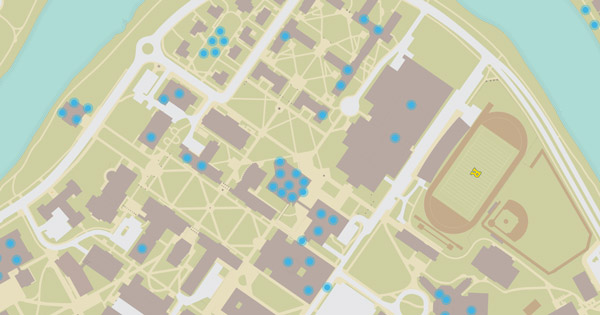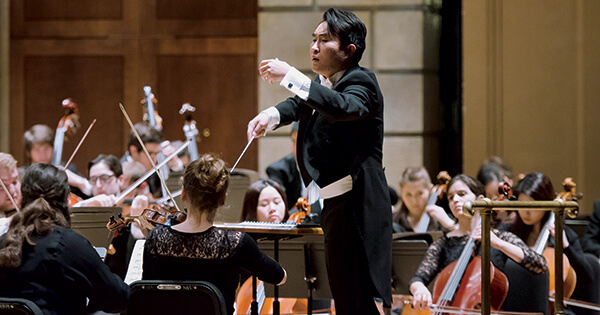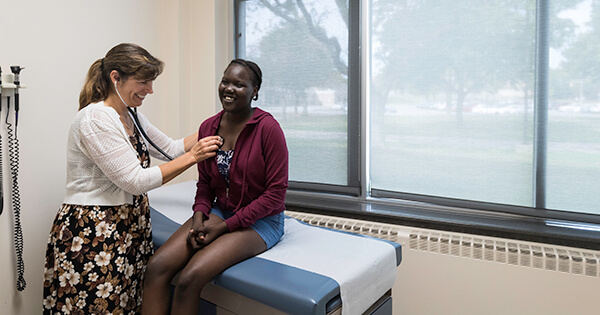Meet the scientist: Minsoo Kim
 Minsoo Kim, PhD
Minsoo Kim, PhD
Dean’s Professorship, Department of Microbiology and Immunology
Director, Tumor Immune Therapy Research Program, Wilmot Cancer Institute
In the fight against cancer, immunotherapy is an exciting and promising new treatment that stimulates a patient’s own immune system to fight against cancer cells. Instead of directly killing cancer cells, immunotherapy tells the immune system to act in certain ways by stimulating T-cells to attack the disease.
Dr. Minsoo Kim is using light and optics—optogenetics—to guide immune cells towards tumors and improve immunotherapy response rates. Current response rates range from about 30 to 70 percent; Kim is investigating why immunotherapy doesn’t work 100 percent of the time. Three underlying issues challenge immunotherapy: cancer cells are smart and evasive, often hiding from the immune system; tumors suppress the immune system, presenting another challenge for the anti-cancer T-cells once they’ve located a tumor; and immunotherapy often comes with side effects. Optogenetics is used as a tool to bypass all three obstacles and determine early immune responses. This step will help remodel the microenvironment prior to a host cell becoming invaded and prevent or stop the progressions of viruses or cancer.
“The beauty of our approach is that it’s highly flexible, non-toxic, and focused on activating T-cells to do their jobs,” Kim said.
All healthy T-cells contain molecules with toxins that are designed to kill cancer. Kim’s lab has engineered T-cells that respond to light to ensure the toxins know where to find their target. In a preclinical trial, implanting a light source—an LED chip that Kim’s research lab also invented—demonstrated that light can guide the T-cells to the cancer cells. Once there, the light source also boosts the toxic, biological reaction within the T-cells, better positioning them to wipe out cancer. Kim has also developed a molecular safety switch based on light that causes T-cells to self-destruct when their job is done, preventing severe side effects that can result from the immune system remaining in overdrive.
“It’s like we’re sending T-cells on a spy mission and guiding them throughout the process,” Kim says. “We’re very encouraged that our work can be applied to patients in the future.”
—Emily Hotaling, March 2018






